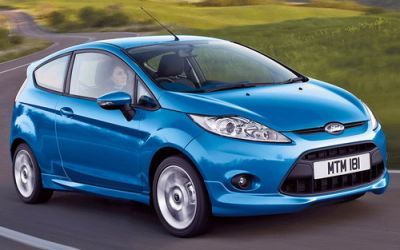Trendwatch: The world’s biggest cars getting smaller

Honda announced on October 26 that its next generation of Honda Civics will be smaller, lighter and more fuel-efficient, continuing the auto world's trend of shrinking their cars to the recession-reduced needs of their global consumers.
The changes will delay the new Civic's launch, which had been planned for 2010. The Civic has been a top seller in the US, Japan and Europe for years and is Honda's flagship model.
The new Honda had been initially planned to be larger than the current generation, which debuted in 2006. While Honda's CEO stated that the downsizing is partially a result of rising material costs, according to the industry publication Automotive News, Honda is simply falling in line with the worldwide trend of smaller, more fuel-efficient cars.
In the US the death knell of the big car was delivered by the country's "cash for clunkers" program last summer. Perhaps the best illustration of the change in philosophy is the ambitious new Fiesta from Ford, which will debut at the Los Angeles Auto Show, beginning December 2.
The 2011 Fiesta, expected to be sold in the second half of 2010, represents the triumph of European economy over American expansiveness. The new US-market Fiesta will be heavily drawn from the model that is topping bestseller charts across Europe.
It stands in contrast to Ford's previous "world car" project, the 2000 Focus, which was sold in a much larger form domestically than in Europe, back during boom times in America. Not only is the new Fiesta expected to be smaller but it will definitely offer the less powerful, more fuel-efficient engine that has been historically shunned in the US but favored in Fiestas for the European market.
Whether or not the US market will favor the tiny two-door version over the four-door remains to be seen, but such a switch really would signal a sea change in that market's attitude.
At the Frankfurt Auto Show that took place this October, the sixth generation of the Volkswagen Golf , the Volkswagen BlueMotion TDI diesel, made its debut. Europe's most popular car from Europe's most popular automaker is already tiny and incredibly fuel-efficient -- its new diesel gasoline model gets better mileage than the Toyota Prius hybrid. But even the Golf is not immune from the worldwide automotive diet: its overall length was reduced by 1 centimeter.
Join our commenting forum
Join thought-provoking conversations, follow other Independent readers and see their replies
Comments